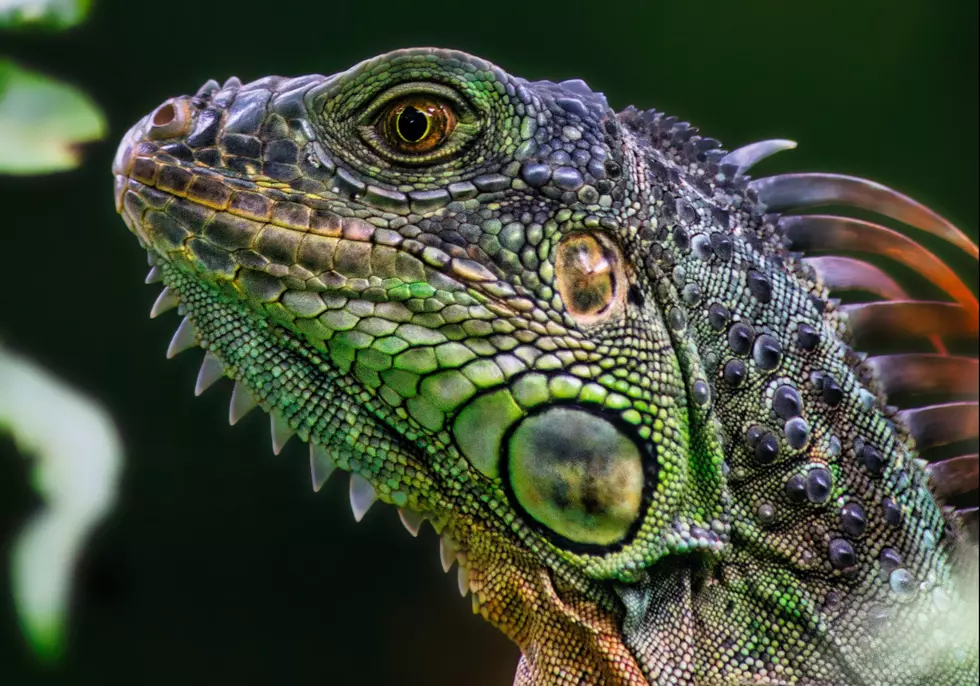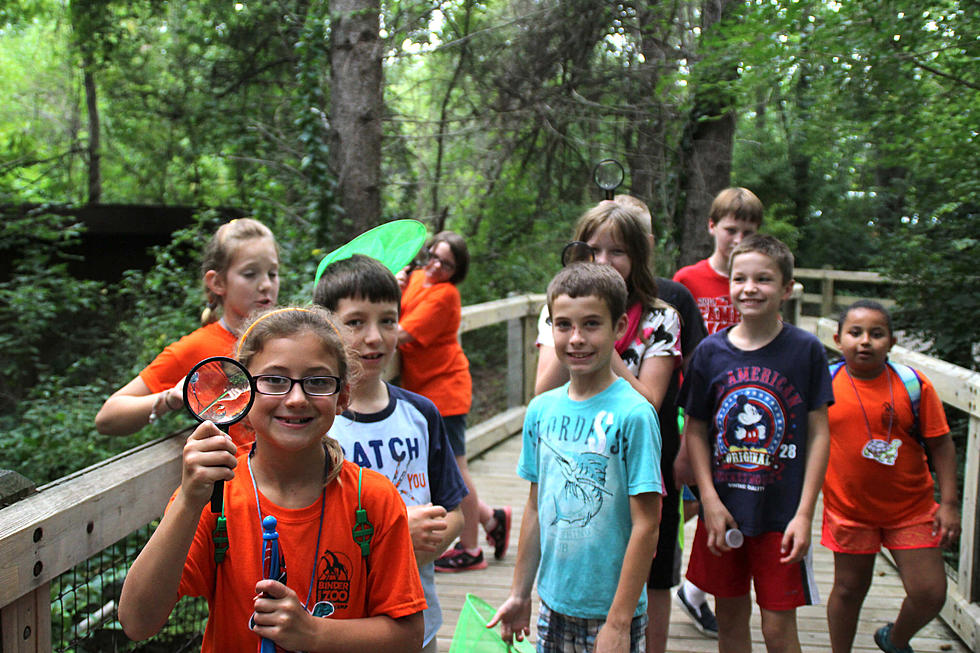
Binder Park Zoo Welcomes New Arrivals
According to a press release, Binder Park Zoo has welcomed two Canada lynx to their Zoo family. The sister duo recently arrived at the Zoo from the Stone Zoo in New England. Visitors can find them located in the east portion of the Zoo just past the American black bear exhibit.
The year old pair named Casey and Carla were born on May 19, 2014 and are part of a Species Survival Plan managed through the Association of Zoos and Aquariums. This species is listed as threatened in the wild and their populations remain scarce in the lower 48 States.
Once common in the northern United States, today only small populations remain in Maine, Montana, New Hampshire, Vermont, Washington and Colorado. And while their populations are being sustained throughout Canada and Alaska, the Canada lynx was listed as threatened in 2000 in the lower 48 States by the U.S Fish and Wildlife Service. Decline here in the states happened in the 1970’s and 80’s when their fur prices rose to $600 per pelt causing trapping to reach an all-time high.
Binder Park Zoo
Maintaining a healthy population of lynx is critical as they play an important role in the delicate balance of the ecosystem. Their main source of food is the snowshoe hare. Lynx and hare have a predator/prey relationship that is in a constant cyclical oscillation pattern. When there are too few lynx, snowshoe hare populations explode but there is then more food for lynx so lynx populations increase. When there are an abundant number of lynx, hare populations decline and the lynx are forced to eat other rodents like mice and squirrel— a less nutritious food source; often resulting in starvation. This has been shown to occur on a 12 to 14 year cycle.
The lynx is often confused with the American bobcat. They are both medium sized cats and similar in appearance, however the lynx have much larger paws, longer legs, a shorter, black-tipped tail and long black ear tufts, and are overall a larger cat than the bobcat. They are primarily tan to gray in color; unlike the reddish brown of the bobcat.
More From 107.7 WRKR-FM









